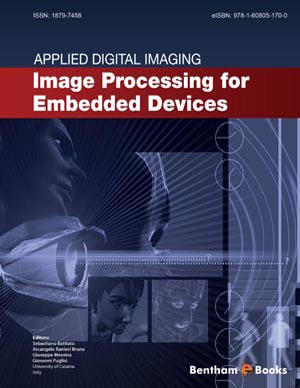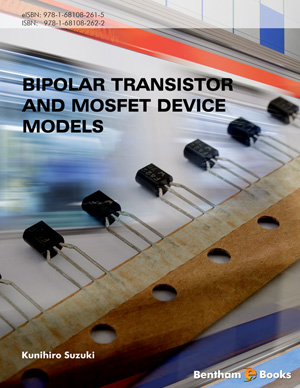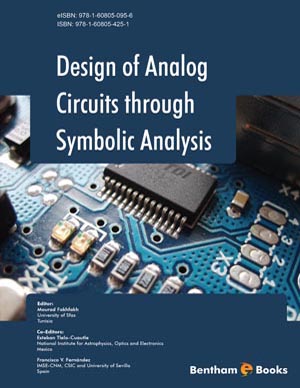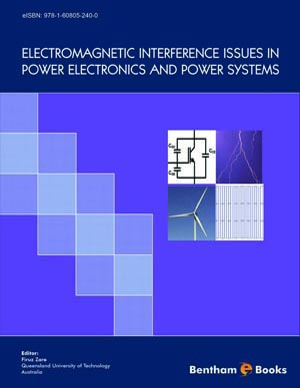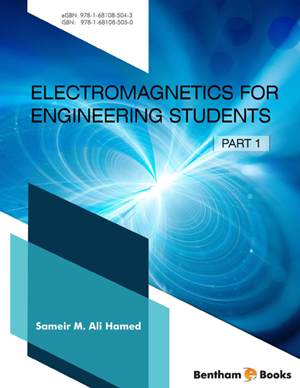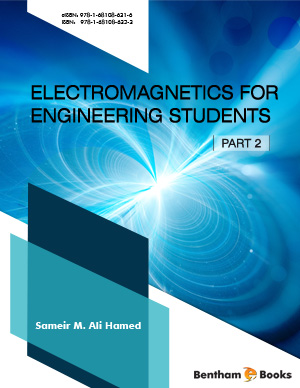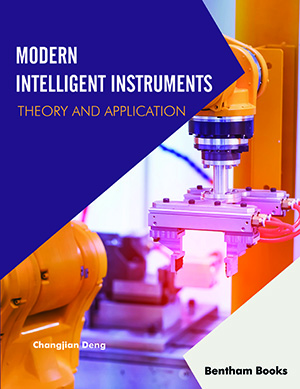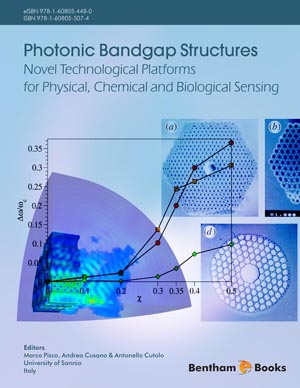Abstract
It is very important for a system designer to understand the connection between the equalizer's performance (achievable residual intersymbol interference (ISI) and con- vergence speed) and the various parameters involved in the equalizer's design such as the equalizer's tap length, step-size parameter, channel power and input constel- lation in order to achieve optimal and expected equalization performance. In this chapter, we show the connection between the equalization performance (achievable residual ISI and convergence speed) and the step-size parameter, equalizer's tap length, channel power and input constellation statistics for type of equalizers where the error that is fed into the adaptive mechanism which updates the equalizer's taps can be expressed as a polynomial function of order three of the equalized output.
Keywords: Blind deconvolution, intersymbol interference (ISI), convergence speed, convolu- tional noise power, residual ISI, step-size parameter, equalizer's tap-length, channel power, equalization performance, polynomial function of order three







